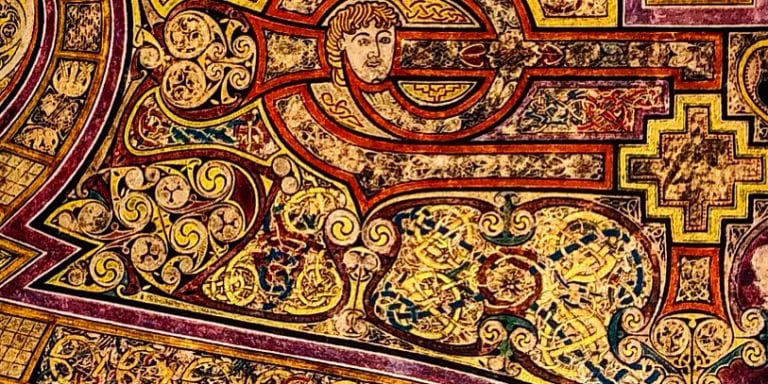
Prologue:
It is Friday March 1st. A thin blanket of snow covers the mountain. I roll down in my truck past thousands of emerald fingers rising up from beneath the earth. It is spring’s first whisper. There is plenty of winter left, but surely the 2 month long riot of daffodils will begin in a few weeks. A quiet overture of early varieties here and there building to crescendo after crescendo of mid and late bulbs. Daffodils are my favorite flower. Not just because they announce the spring. Not just because they are incredibly hardy and resistant to depredation. They are almost crystalline in their solitary beauty. They rule the field and forest for their time. Almost nothing else is growing or greening in competition with them.
Books can be anywhere if you keep your eyes open.
Come my love, I’ll tell you a tale
Of a boy and girl and their love story
And how he loved her oh, so much
And all the charms she did possess
My love is like a storybook story
But it’s as real as the feelings I feel
My love is like a storybook story
But it’s as real as the feelings I feel
It’s as real as the feelings I feel
Mark Knopfler from The Princess Bride
(Read more)
What do these lyrics from The Princess Bride soundtrack have to do with the title of this story? Nothing really. That wonderful institution The Weinberg Center for the Arts had a showing of the 1987 film Wednesday night as part of the series sponsored by Frederick’s Flying Dog Brewery. Just about every month from September through June, the Weinberg/Flying Dog shows a vintage movie on their big screen in their classic theater which opened in 1926 as the Tivoli Theater. So for almost 100 years, the building has offered wonderful events—live and recorded.
But back to the movie and its song and lyrics… I will take that back. The Princess Bride does have something to do with this Irish story and books. What? That film is magic. Also, it is a book by William Goldman. The story also revolves around a grandfather reading a love story/fairy tale to his grandson who is ill. At first the little boy is put off by a “love story”—but soon the book captures him, and he will not let his grandfather stop reading.
A storybook story.
Magic!
I hadn’t seen the movie for many years. I have seen films like Top Gun and Stand By Me there. Seeing classics I sort of grew up with on the big screen after so many years is like stepping back in time.
Plus I was in the mood to have my emotions taken for a ride as I knew this film would. It would be cathartic I was sure. Everyone needs an emotional purge sometimes.
I arrived a few minutes late and entered the darkened theater. The theater was packed. It’s never even half full for these movies. I hate inconveniencing people, so I slipped down the side and walked down to the front row. I ducked down and found the center.
Soon I was immersed by the sound and color that spread above and all around me.
The actors and scene and lines and sights and sounds and colors poured over and through me.
Soon I was laughing and nearly in tears in tandem.
So much found. So much lost.
Magic…idealized…magic…if only life was as simple and as perfect as rescuing your true love from many, many fantastic and fantasized murderous threats. Life was simple in fairy tale times.
Thanks Weinberg and Goldman and Reiner et al. I needed that…reset…
Lol…
Now to Ireland
Things seem to often happen for a reason. In January I decided to take a trip to Dublin on a whim. I discovered I had lots of frequent flyer miles and hotels points accrued. I felt I should start using them. Rather than searching for specific destinations I looked on the site for places I could get to directly and without using a great many “miles.” Dublin stood out just as Madrid had a few weeks ago. It has been a few years since I’ve been there. Then I was with some friends after playing 7 rounds of golf in 7 days at 7 different courses. We started on the north coast and worked our way east and south finishing with just one day in “Ireland’s Fair City.” I had a great time, but with friends I couldn’t do just anything I wanted. Prior to that I’d been to Dublin a couple times with my young family and, of course, there are many, many distractions in those circumstances.
This trip I’d only planned to tour the city initially, but then I’d remembered Newgrange, the massive 5000-year-old Neolithic monument north of the city. In the back of my mind, I thought perhaps a day trip up there might be something I should do if I could find an easy way. My only previous visit had been with young children… This time I wasn’t there long enough to get a car and drive about. Plus I felt Dublin held plenty of things to occupy 3 or 4 days.
The city was so alive the first three days I was there. I walked for miles and miles. I sought out many literary venues, bookshops, cultural and artistic sites, but as so often happens with lots of walking, I found many of the most exciting things serendipitously.
I need to truncate this story a bit. I’d like to give you a travelogue of all the bookish and literary and authorial and artistic places I wandered around and into. But today’s Friday deadline is two hours earlier than usual. My editor, textual guru etc. needs to leave early. If the streak—about 90 consecutive Fridays—is to be kept I NEED to get this done. So I will skip most of the things I did for 4 days in the city.
So what follows is the short version of Dublin. Maybe I’ll fill it out in a later story…
Dublin is a city of words, music and books. The Irish are a culture of words and music and books.
The walls, the sidewalks, the air…even some men’s rooms are literary.
It was a bit disconcerting to stand there with Joyce, eye patch and all, staring back at me. But there you go. It is Dublin, and they are proud of and love their writers in all manner of places; in all manner of ways.
I hadleft Thursday. Of course, it had snowed the night before. I’m on a streak of snowy getaway days. There was about 5 inches of the white stuff on the mountain. Nice and crunchy. I was in a hurry. The forecast predicted warm temps, so I felt sure it would melt before I needed to go back up the driveway. Therefore, I did not plow. I was in a hurry.
It was an overnight flight. We landed early Friday morning. I took a cab into town and started walking. I didn’t want to nap for fear I’d sleep through the first day.
Of course, I began my day at Trinity College Library and The Book of Kells and the Long Room. It is only a twenty-minute walk from where I was staying on the Liffey. The Book of Kells is no big deal. I have one of my own.
When I’d visited in September 2015 with my friends, we had gone to a restaurant call The Bank on College Green. It is a beautiful converted old bank building. At the entrance they have a display case with a large facsimile of The Book of Kells under glass. (Even the restaurants have books!) A couple months later visiting Powells Rare Book warehouse in Chicago, I espied another copy of that fabulous facsimile. Of course, I had to have it…
Even facsimiles editions can be wonderful. Certainly it is as close as I’ll ever get to handling the original.
Then I went upstairs. The Long Room is a bibliomasterpiece. Tens of thousands of old and rare books fill the upper and lower alcoves of this beautiful space. It takes one’s breath away.
The rumors that the “book” is in decline or dying are dispelled by the Long Room. This place was packed on a Friday morning with visitors of all ages and speaking many, many different languages.
From there I walked past Oscar Wilde’s house and decided to stop at Kennedys (est. 1850)—a pub that that served Joyce, Yeats, Wilde…and served me my first Guinness of the trip.
A “Small One” (i.e. half pint.) It was still early. In many places in Ireland it is simply called “The Black Stuff.”
I’ve tested it numerous times. The Guinness served there is vastly better than what is offered in the states. It is so rich and creamy you feel you could perhaps put a fork in your glass and it would stand up.
There’s also an important tradition in pouring it that must be followed if you’re in a serious bar and you don’t want to be seen as a raw tourist. The bartender pours about 1/3 of the glass and sets it aside to “rest”—for the bubbles and foam to settle a bit. Some minutes later the glass is filled at just the right angle so you get about a half an inch of lovely tan head at the top. The bartender places the glass before you. But DO NOT DRINK IT! You’ll see thousands of bubbles counterintuitively sinking toward the bottom all around your glass. (You can look up the physics of this yourself by Googling.) You must wait until the bubbly action settles down until you take your first sip. So, it takes a good 8 to 10 minutes from ordering to tasting a Guinness Stout. A Bud would take seconds to pour and serve. Patience is amply rewarded.
Here’s where I’m forced to skip the wondrous things I saw the next 3 days…but during this time I had kept half an eye out for tour companies or other ways to get to Newgrange. I hadn’t seen “Newgrange Day Tours” anywhere in the many miles I’d covered in the city. Monday was my last day. I was to fly out on Tuesday morning. Late on Saturday evening I searched online: “Newgrange Dublin.” A few links came up. I sent an email to Mary Gibbons’ Motorcoach Tours. I wasn’t optimistic. Would she (was there a real Mary?) work Sunday and even see my email? Would there be room at the “last minute” Monday? I went to bed, and on Sunday morning got up early and began walking. I stopped for coffee around noon. I almost never eat anything until the evening. There was Wifi, and so I checked my phone. There was a message from Mary Gibbons at 11:48am on Sunday:
I have space tomorrow.
How many people?
Pick up outside the A I B Bank 37/38 upper O Connell St at 10.10 am.
Pay cash on the bus.
Please confirm this booking.
Mary
I confirmed with Mary and asked how the bus would be marked. She replied:
May I have your phone number?
Sillan is written on the side of the bus.
Newgrange on the front of the bus.
Booking confirmed.
Mary
Cool! It would happen after all—weather permitting. So far it had not rained in the four days I’d been in Dublin. I accepted the booking. I was told bring 40 Euros in cash.
Monday morning arrived, and I limped the 10 or so blocks to the rendezvous point. My heel was killing me. My left foot is cursed…
There were a half dozen or so other obvious Americans lingering on the sidewalk in front of the bank.
“Are you going to Newgrange?”
“Yep.” “Yep.” …
I rarely do tours. I guess I think I know better. I like to control my own time. But this made sense.
We boarded the bus and were soon wending our way north through Dublin. The guide was a woman seated at the front of the bus using a microphone. She made the drive amusing and informational with facts and anecdotes about many things we drove past. She told us our first stop would be Tara. I hadn’t realized that.
I’d visited there many years ago as well. It wasn’t very memorable. The Hill of Tara is, from ground level, mostly just a vast lush green hill. Like many ancient sites you really can’t understand what is going on there without aerial views. The features look mostly like bumps and ridges on the hilltop.
But the guide told us what we could expect as the bus continued north.
The Hill of Tara (Irish: Cnoc na Teamhrach, Teamhair or Teamhair na Rí,) located near the River Boyne, is an archaeological complex that runs between Navan and Dunshaughlin in County Meath, Ireland. It contains a number of ancient monuments and, according to tradition, was the seat of the High King of Ireland.
https://en.wikipedia.org/wiki/Hill_of_Tara
“There are facilities there and a gift shop and a bookstore although the bookstore will likely be closed…”
On the way I was visited…or is it haunted…by my Book Muse.
“‘Tis a glorious land isn’t it?” she said.
“Home for you?” I asked.
Silence. She won’t ever talk about herself.
“Did you help arrange this tour?” I asked.
“Just nudged you a bit to make an effort to get to these magical places. Keep your eyes open…your mind. Taa!”
“Wait…” I’d had a few questions, but she was gone. Maybe dropping in on Irish relations or something.
The bus pulled into the parking lot. The green hill crested not too far ahead and above us. We followed the guide. She stepped quickly in pink rubber boots with a hiking sticking in hand.
At the entrance is a farm gate. The hill is mowed by sheep.
“Careful where you step! ‘Tis a sign of good luck. If you have ‘good luck,’ please clean it off before boarding the bus.”
There was a row of signs with colorful aerial views and explanations. The photos showed circles and rings and mounds and depressions. I was studying them and trying to make sense of it all when she said:
“Follow me!”
My fellow bus tour denizens and I dutifully followed her up the hill like sheep behind their shepherd. The first stop was a high statue of St. Patrick. We circled around it.
Her words were something like this:
St. Patrick is thought to arrived in Ireland as a missionary in 432/433 CE. Patrick was a Roman citizen who had been captured and sold into slavery in Ireland years before. He escaped, crediting God for his deliverance, and returned to Britain. There he studied to become a priest, was ordained, and returned to Ireland as a missionary.
https://www.ancient.eu/Hill_of_Tara/
In c. 433 CE, according to legend, the High King Laoghaire forbade the lighting of any fires on a given night approaching the pagan festival of Ostara when the great bonfire would be lit on the Hill of Tara. This sabbat corresponded to the Christian observance of Easter, and so Patrick lit his own fire on the Hill of Slane, across from Tara, which burned so brightly that the king saw it and sent his soldiers to arrest whoever had defied him and to douse the flame. Patrick and his followers eluded the soldiers through a miracle by which they appeared as a herd of deer and made their way to the king’s seat at Tara. Once there, Patrick defeated the king’s druids in debate and then preached to the king and his comrades. As this was going on, the soldiers who had been sent to arrest him returned to report Patrick’s fire could not be put out. The story ends with a number of the king’s court converting to Christianity while the king himself rejected the new faith but was impressed enough by Patrick to allow him to continue his mission.
It was cool to be standing on site that a verifiable (pretty much) figure would have stood on 1600 hundred years ago.
Then above me was a loud raucous din. Croaking and cackling and cawing. I looked up and almost directly above Patrick’s raised right hand was a sprawling tree canopy. It had a dozen or so black knots in it. Black birds rustled and flew in and our and amongst the branches.
It took me a few moments…is that a Rookery? Indeed it was. There’s an early 19th century church and graveyard there. The old churchyard has some tall complex trees in it. The rest of the hilltop is bare.
“This way!”
We ascended the hill behind her.
“This is [this]. That is [that]… You see this area that is randomly bumpy?”
During the turn of the 20th century, the Hill of Tara was vandalized by British Israelists who thought that the Irish were part of the Lost Tribes of Israel and that the hill contained the Ark of the Covenant. A contingent of British Israelites, led by a retired Anglo-Indian judge Edward Wheeler Bird, set about excavating the site having previously paid off the local land owner Gustavus Villiers Briscoe. Numerious Irish cultural nationalists organised a mass protest over the destruction of the National heritage site, including people such as Douglas Hyde, Arthur Griffith, Maud Gonne, George Moore and William Butler Yeats. Hyde tried to interrupt the dig but was ordered back off site by a man wielding a rifle. Maud Gonne made a more flamboyant protest by reigniting an old bonfire that Briscoe had previously lit to celebrate the coronation of Edward VII. She began to sing Thomas Davis’s song A Nation Once Again by the fire, much to the consternation of the landlord and the police.
https://en.wikipedia.org/wiki/Hill_of_Tara
The Ark of the Covenant?
She continued that they succeeded in tearing up a lot of landscape but found no Ark. They did find some wondrous gold torques which are displayed in the Irish Archaeology Museum in Dublin.
“Follow me!”
We got to the top of the hill, and there was a phallic stone rising from the ground.
The “Stone of Destiny.”
At the summit of the hill, to the north of the ridge, is an oval Iron Age hilltop enclosure, measuring 318 metres (1,043 ft) north-south by 264 metres (866 ft) east-west and enclosed by an internal ditch and external bank, known as Ráith na Ríogh (the Fort of the Kings, also known as the Royal Enclosure.) The most prominent earthworks within are the two linked enclosures, a bivallate (double-ditched) ring fort and a bivallate ring barrow known as Teach Chormaic (Cormac’s House) and the Forradh or Royal Seat. In the middle of the Forradh is a standing stone, which is believed to be the Lia Fáil (Stone of Destiny) at which the High Kings were crowned. According to legend, the stone would scream if a series of challenges were met by the would-be king. At his touch the stone would let out a screech that could be heard all over Ireland.
https://en.wikipedia.org/wiki/Hill_of_Tara
She continued: “It is said that on a clear day the Kings of Ireland could survey three quarters of this island.”
After pointing out a number of other features she told us we were on our own.
“Be back at the bus at 12:30. Oh, and that little tree by itself below us? That is a Fairy Tree. Anytime you see a solitary Hawthorn or White Thorn or Black Thorn in the Irish landscape that is a Fairy Tree. There are many stories of terrible bad luck to anyone who disturbs one…”
As a tree sacred to the fairies, the hawthorn was never to be messed with, damaged, or cut. Ill fortune would surely befall the fool who took such a chance and offended the tree’s owners. Poised thus between the Otherworld and the physical world, the hawthorn eventually came to be regarded with fear, and it was said that witches made their brooms from its branches. When the Milesians or Gaels arrived in Ireland they took up a dispute with the Tuatha Dé Danann, children of the Goddess Danu. The Tuatha Dé Danann retired underground and became known as the fairy people, sidhe, or the wee folk.
Read more
The wee folk had many entrances to the otherworld such as in burial mounds, under water and even at the base of Fairy trees. As you can imagine these gateways are extremely important for the movement of the wee folk so they are heavily protected by magic. You wouldn’t be considered mad if you just so happened to spot a Pooka or Leprechaun at a Fairy tree. Did you know: Wands made of hawthorn are said to be extremely powerful. The blossoms are said to be highly erotic to men… which perhaps explains why Ireland did such a roaring trade in exporting hawthorn flowers in the past. May poles were originally made of hawthorn. “Earlier in this century, a construction firm ordered the felling of a fairy thorn on a building site in Downpatrick, Ulster. The foreman had to do the deed himself, as all of his workers refused. When he dug up the root, hundreds of white mice—supposed to be the faeries themselves—ran out, and while the foreman was carting away the soil in a barrow, a nearby horse shied, crushing him against a wall and resulting in the loss of one of his legs.
I, of course, made a beeline by myself down to the Fairy tree below us.
I didn’t approach it too closely but rather circled cautiously about it. Something made me remember the ballad of Thomas the Rhymer who was kidnapped by a Fairy Queen… I believe because he fell asleep too close to a Fairy Tree. One of my favorite Celtic folk music groups, Steeleye Span, sings a version of the ballad.
If you have a few minutes, you might enjoy it.
“A Fairy Tree!” I thought. “I’d never have known had I not taken the tour.”
I rounded the hill and returned to the old churchyard. I entered it and looked at the trees.
“Beech trees! Big old beech trees! In a magical place!”
They rose high above me. Their trunks were mossy green. At the northern end of the short row was the tree which held the Rookery.
I stared up at it, and the branches and sky swirled above me.
It would soon be time to leave. I’d learned far more than I would have on my own.
I decided to stop at the restroom, and before me there was a quaint little bookstore. And it was open.
I ducked in and surveyed it. It was a delightful tiny used shop. Near the counter were several books written by the store’s owner. I swept them up and took them to an old man seated there.
“Would you sign these two for me?” I asked. One was already signed.
“Aye. That’s not me. He is away. I am watching the shop for him. These would be 14 Euro.”
I handed him the money and saw his right hand was frozen by a stroke.
I returned to the bus, and we drove hence from another world and another time.
In about thirty minutes we arrived at another ancient site. Newgrange.
I’m running close to deadline so you’ll need to tour the place yourself online—or if you ever can in person. They still lead you into the heart of the 5200-year passage grave. You need to duck and scrunch between stones set by people all those years ago. It is a bout 60 yards to its end. There is a “room” there with three alcoves—on one each side. Above you is a high corbelled stone roof which has not leaked in over 5 millennia. On every Winter Solstice, a ray of the rising sun creeps in the narrow path you just navigated. It strikes the far alcove which holds a stone basin where it is thought the builders set the ashes of their cremated forebears.
The Solstice’s dawn has shone down this narrow ancient path every year. EVERY year since ~3000 BCE.
.Ancient engineers and astronomers…
Back to the bus. Back to Dublin. I wandered into an award-winning restaurant on the Liffey called The Winding Stair. It is on the second floor above a bookshop also called The Winding Stair. A delightful meal of smoked salmon, trout, scallops, oyster and mackerel. A bottle a Falanghina. An entree of Cockles and Mussels…
In Dublin’s fair city
https://en.wikipedia.org/wiki/Molly_Malone
Where the girls are so pretty
I first set my eyes on sweet Molly Malone
As she wheeled her wheelbarrow
Through the streets broad and narrow
Crying “cockles and mussels, alive, alive, oh
And a couple or few final Guinnesses.
I rose early the next morning and took a “tacsai'” (taxi) to the airport.
I wondered if the Rookery Beech and the Fairy Tree meant anything. Will they be another chapter or more in the Tree Song saga? Will my poisoned foot be healed somehow?

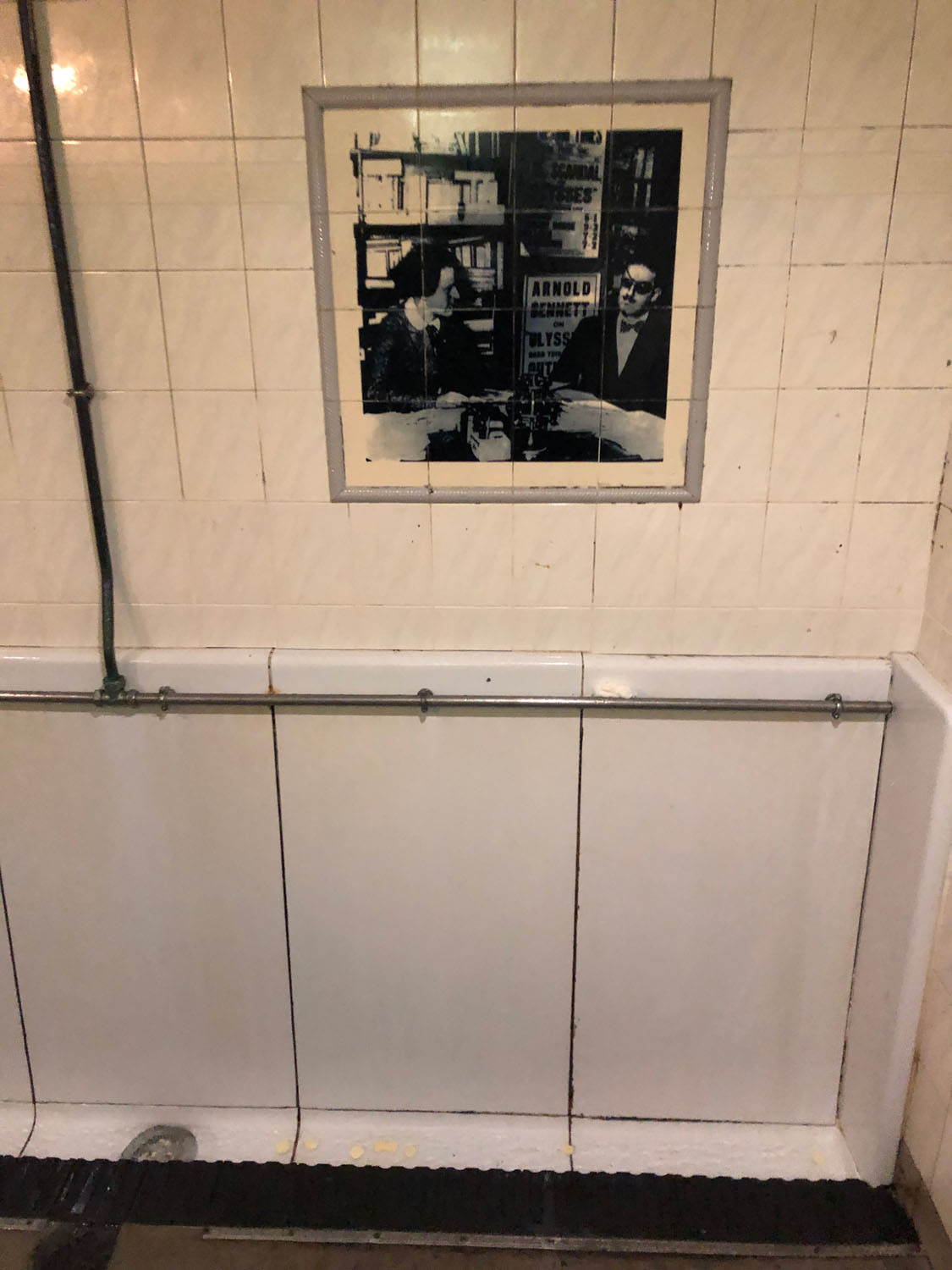
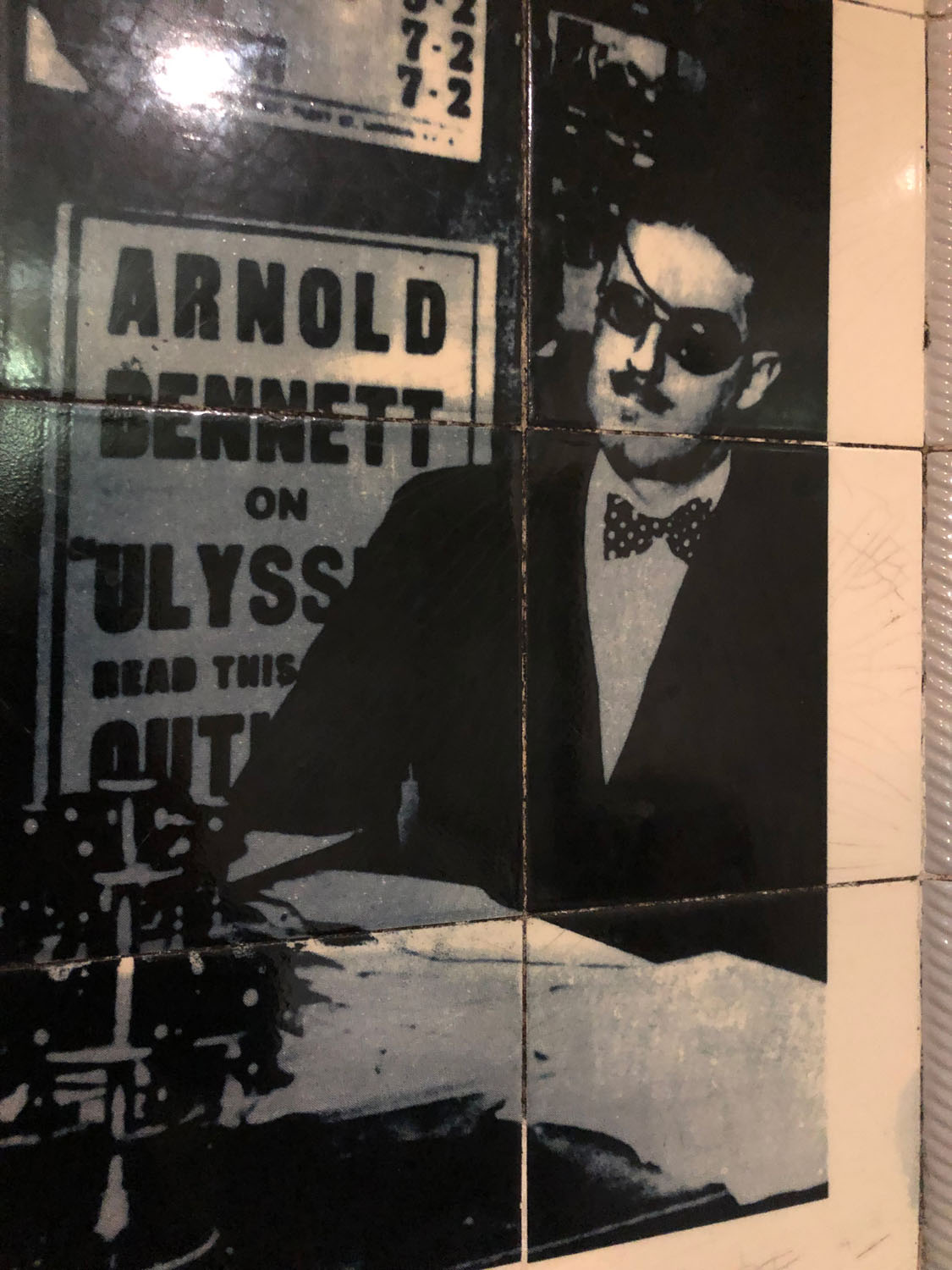
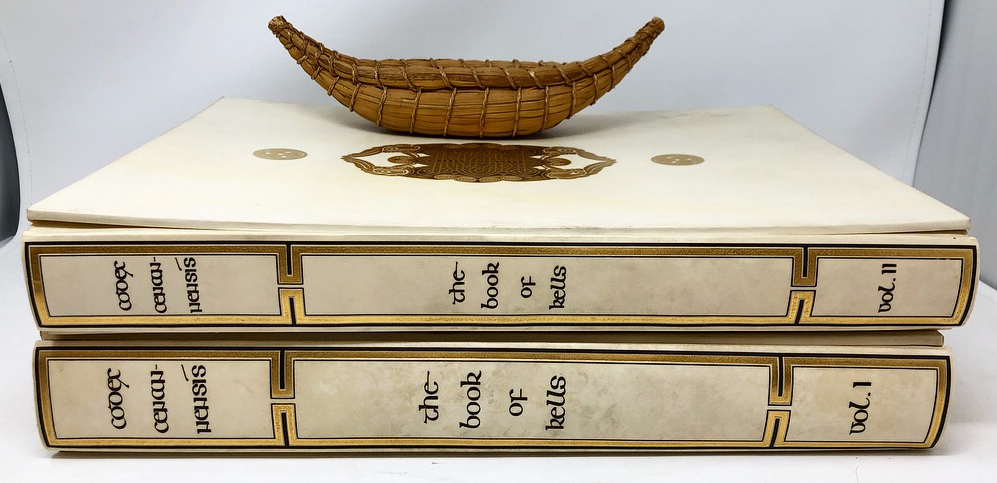
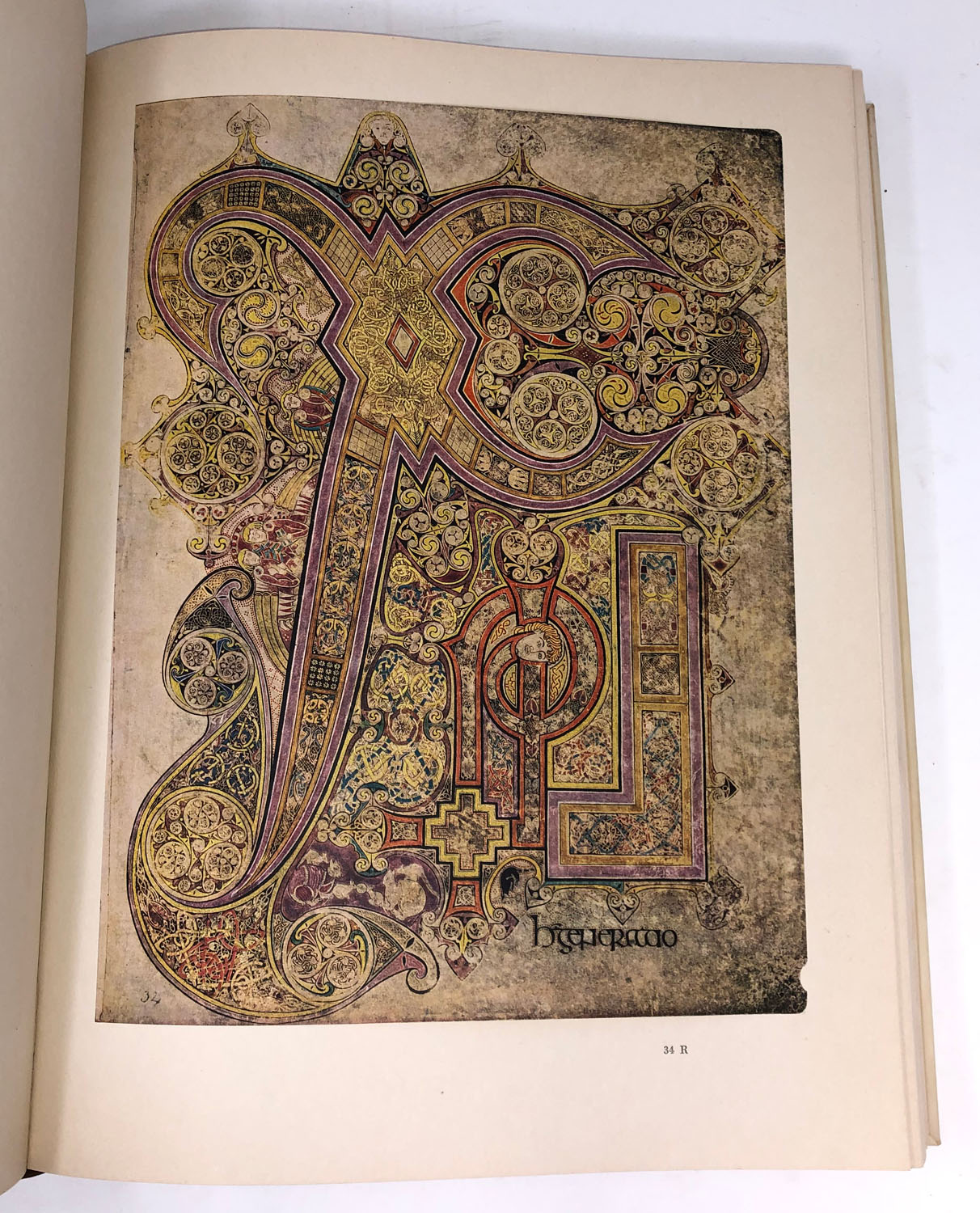

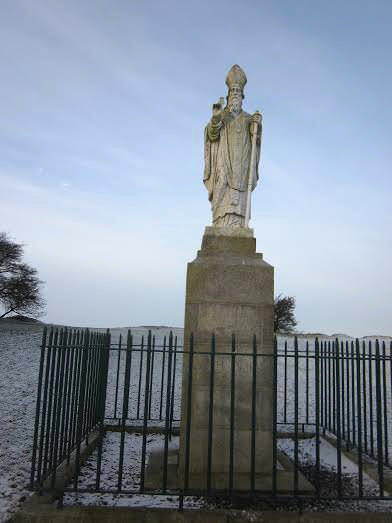
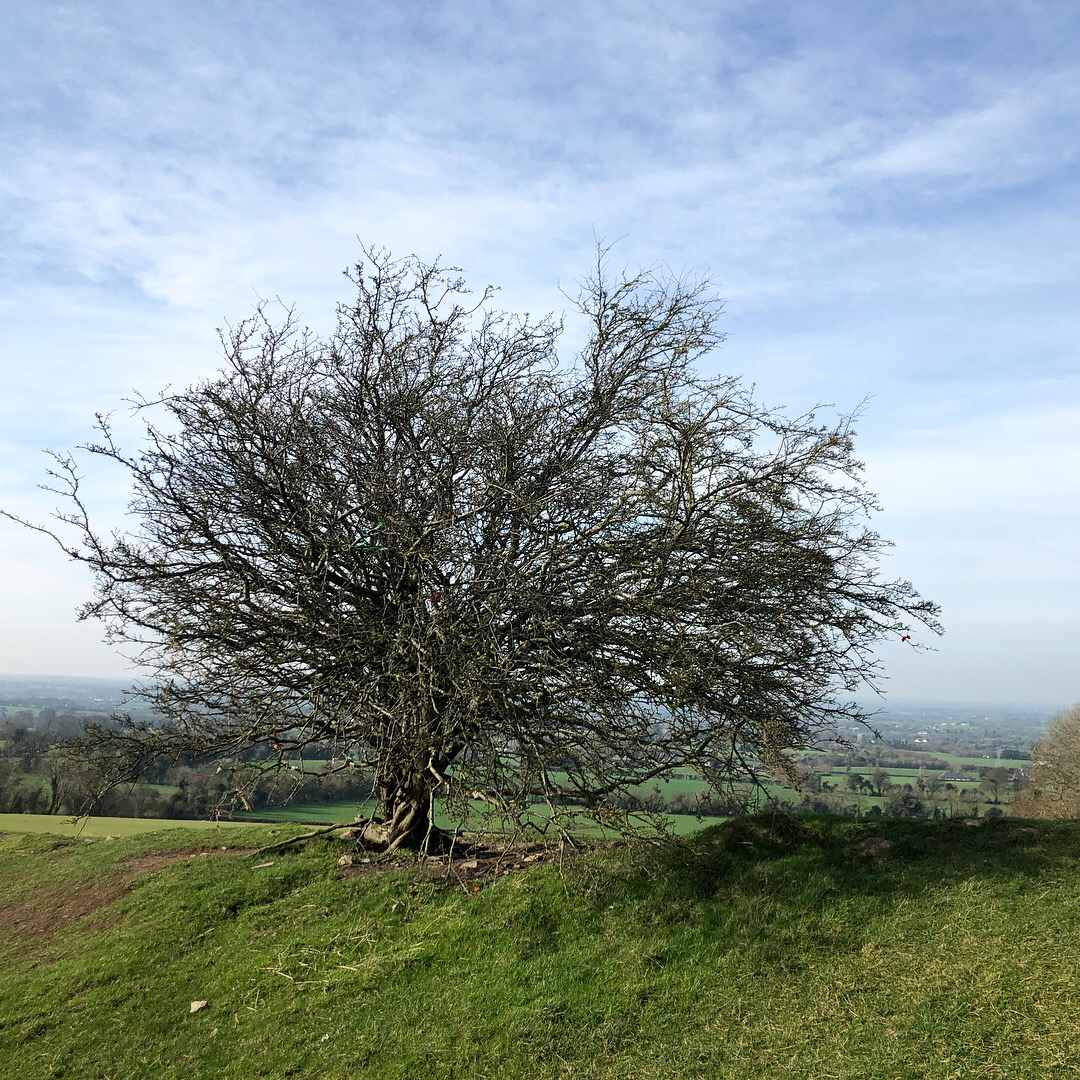
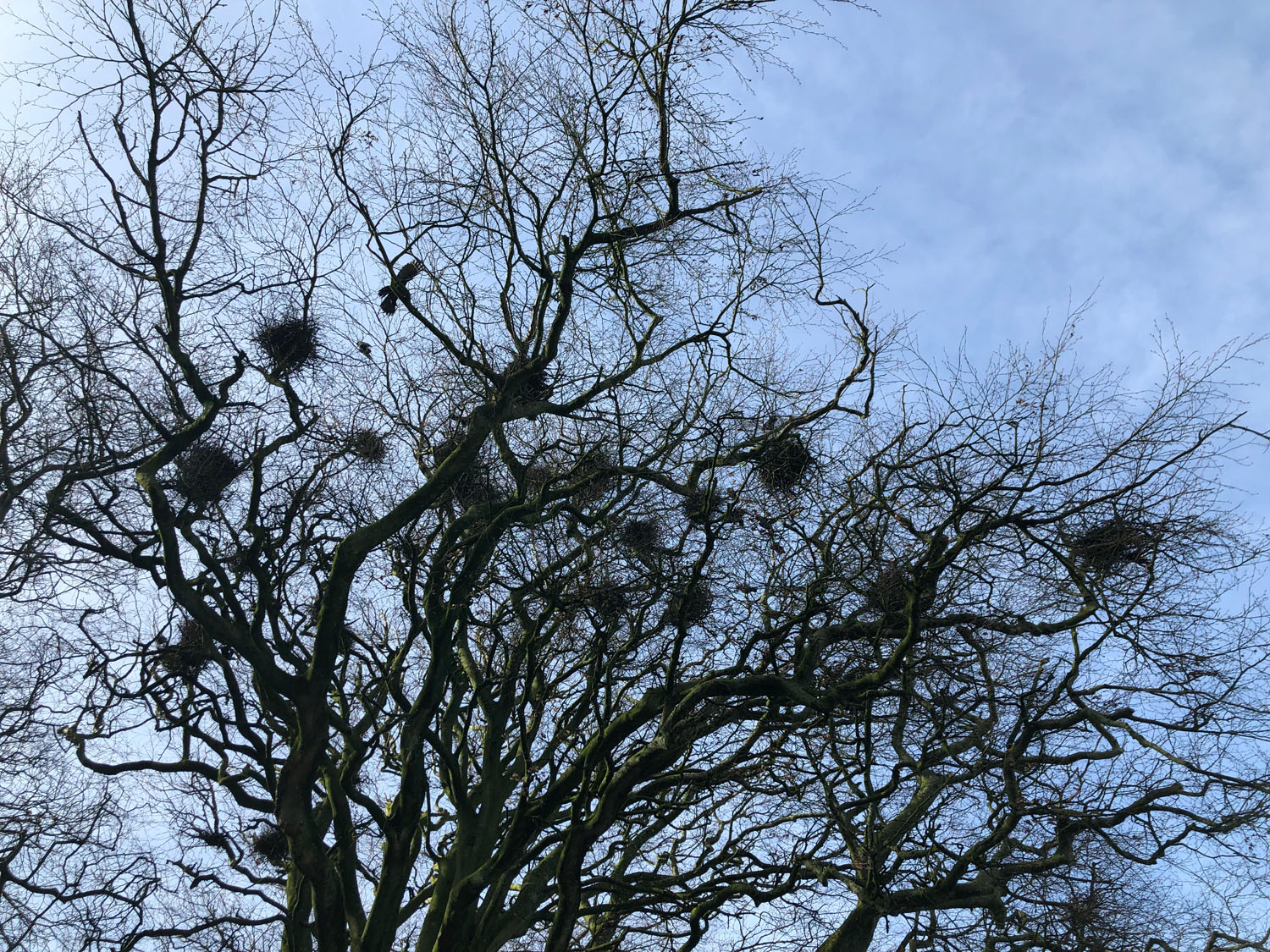
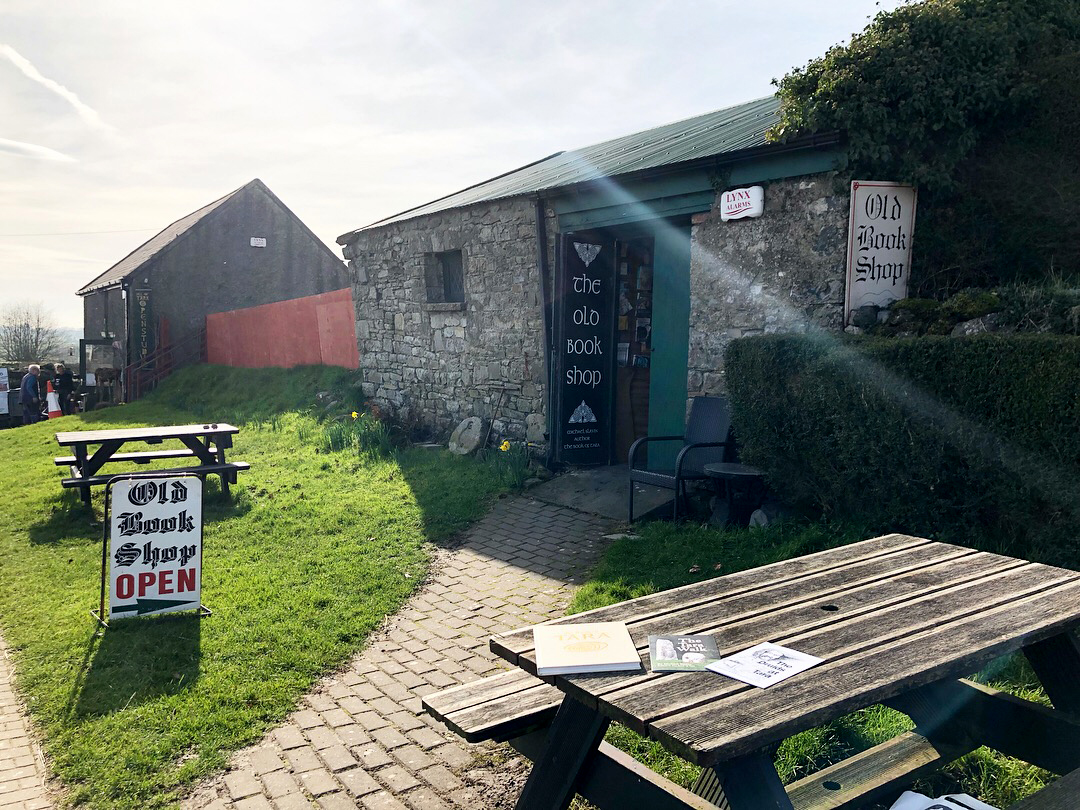
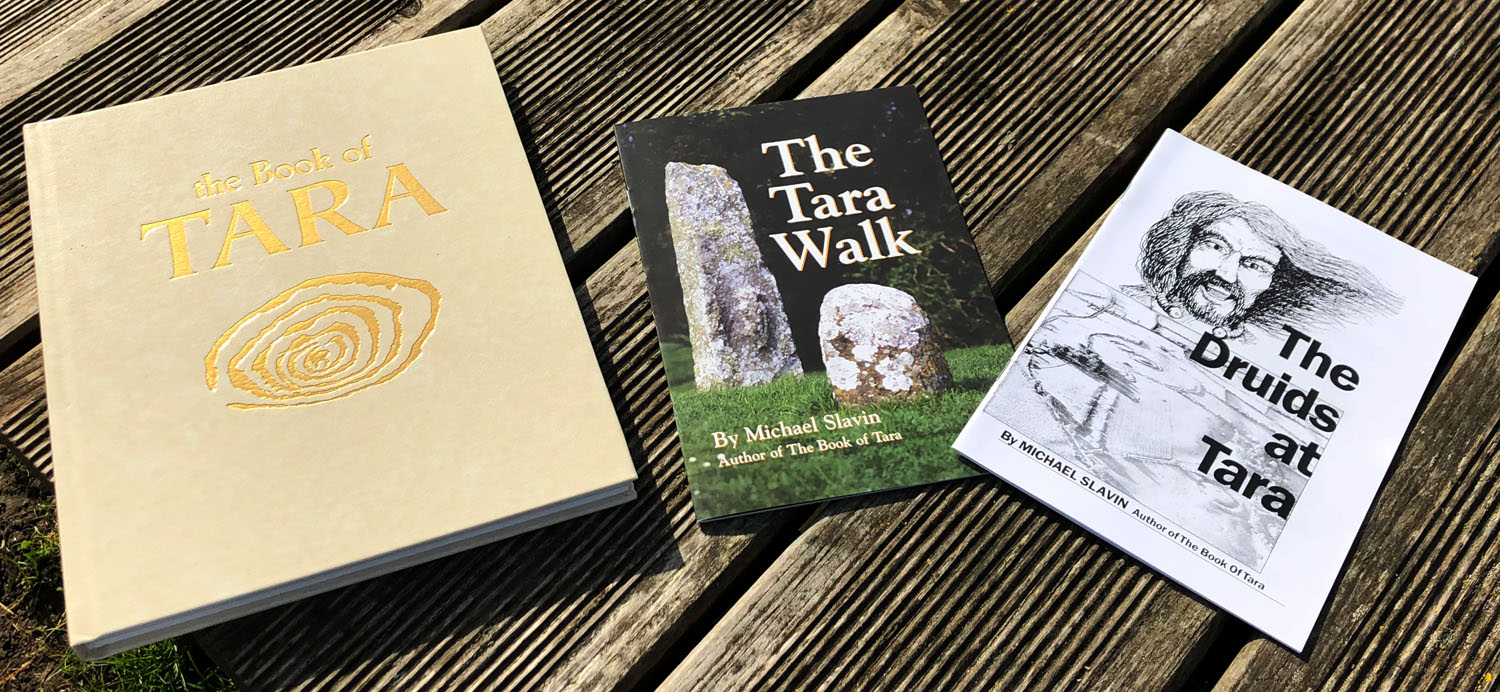
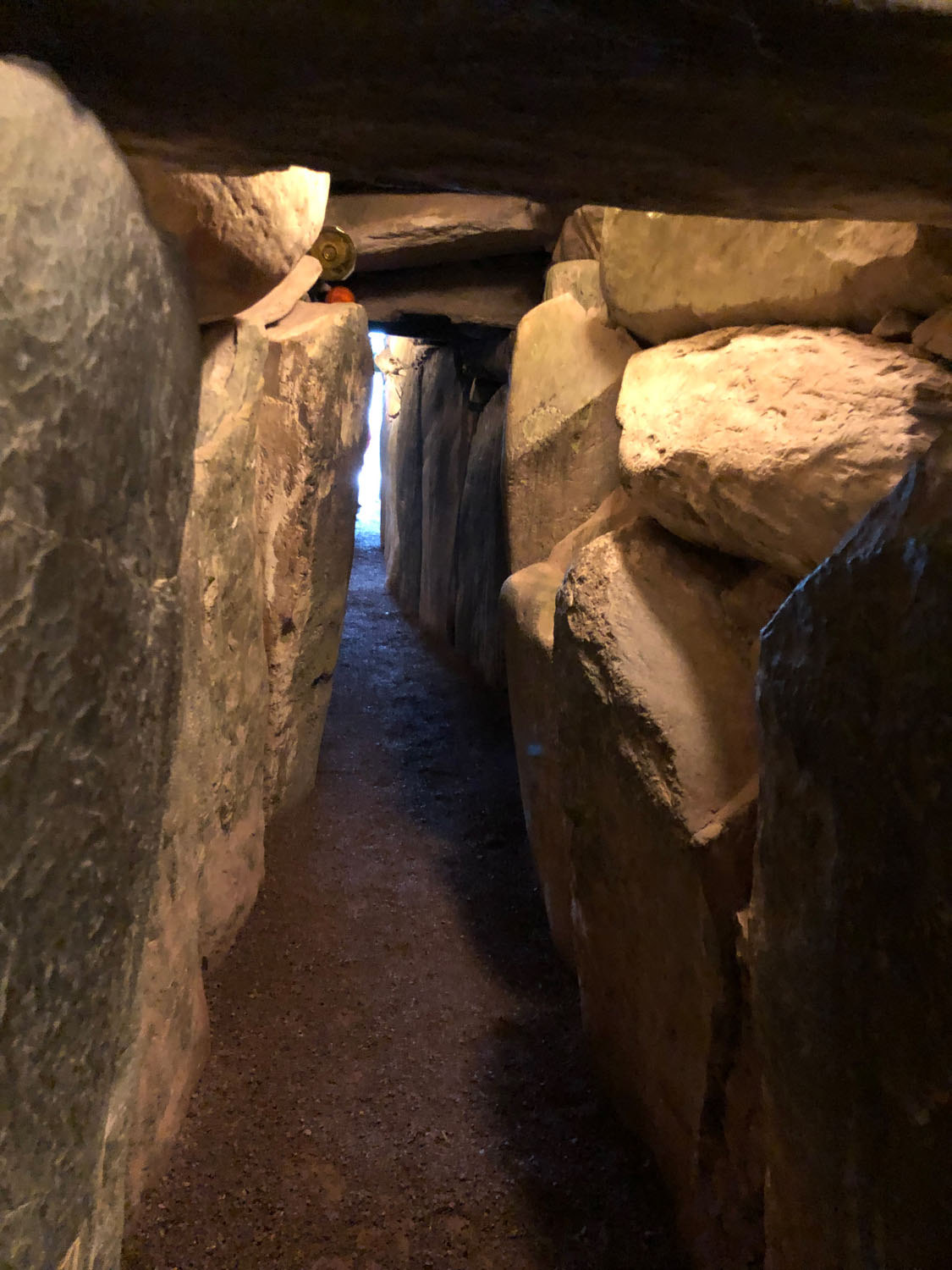
There are no comments to display.